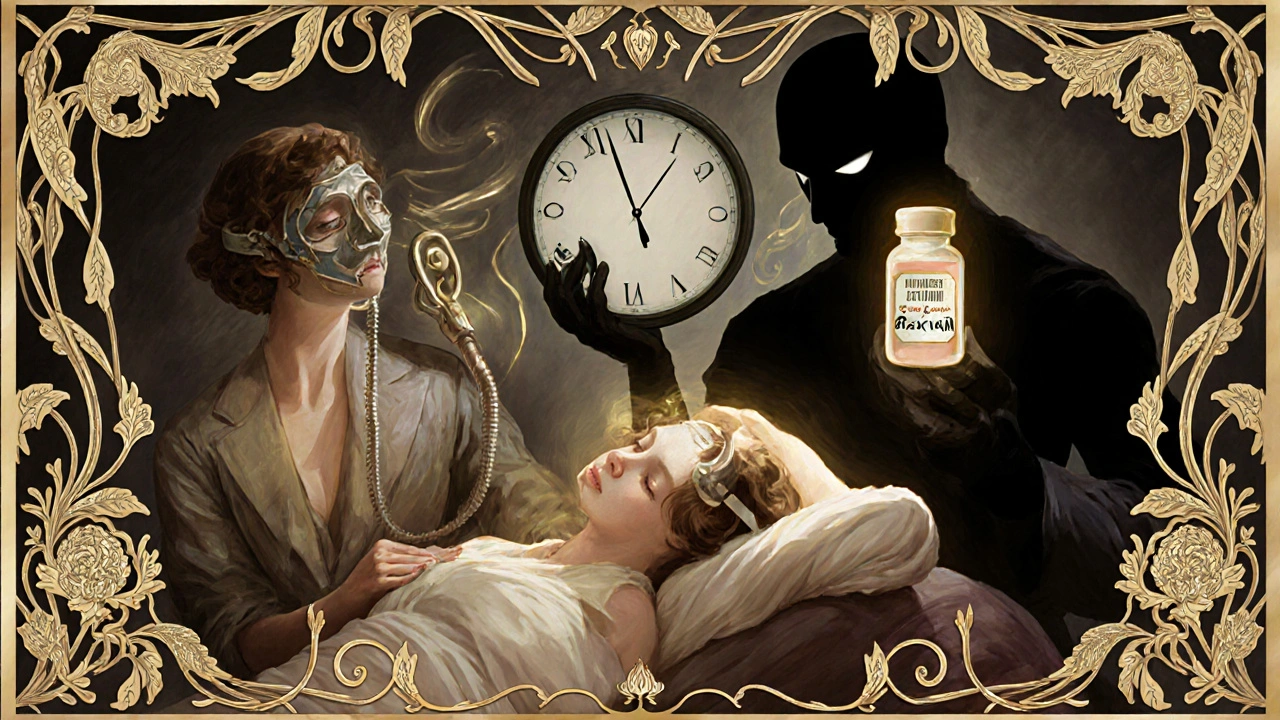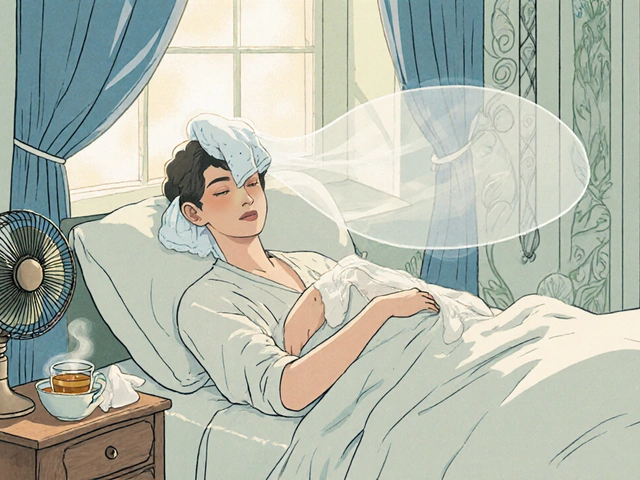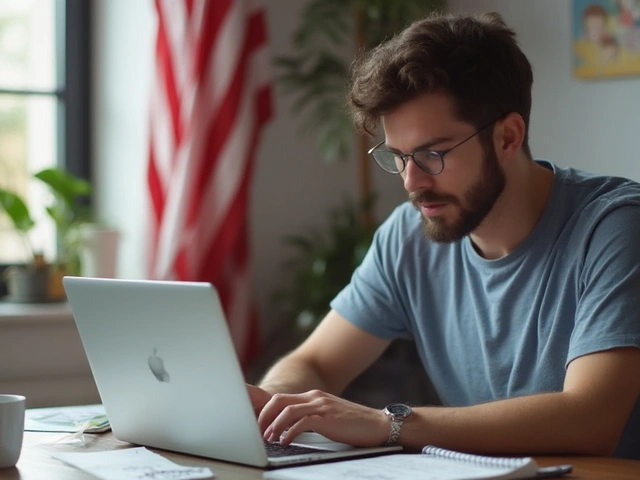When someone overdoses on benzodiazepines, the biggest threat isn’t the drug itself-it’s what happens when breathing slows down or stops. Even though pure benzodiazepine overdoses rarely kill, they become deadly when mixed with opioids, alcohol, or other sedatives. In fact, 92% of benzodiazepine-related deaths involve co-ingestants, according to CDC data from 2022. This isn’t just a theoretical risk-it’s happening in emergency rooms right now, often with tragic results.
What Happens During a Benzodiazepine Overdose?
Benzodiazepines work by calming the central nervous system. That’s why they help with anxiety and seizures. But too much? The brain’s ability to control breathing shuts down. The person becomes drowsy, then unresponsive. Their breathing gets shallow-maybe only 6 to 8 breaths per minute instead of the normal 12 to 20. Oxygen levels drop. Without help, brain damage or death can follow within minutes.Not all overdoses look the same. Pure benzodiazepine overdoses cause mild to moderate sedation in 87% of cases. Deep coma needing a breathing tube? That only happens in 4.3%. But add even a small amount of an opioid like heroin or fentanyl, and the risk of respiratory arrest jumps 15-fold. That’s why most fatal cases involve multiple drugs.
Some benzodiazepines are more dangerous than others. Alprazolam (Xanax) is 3.2 times more likely to cause severe depression than others like diazepam or lorazepam. And now, illicit versions like etizolam and clonazolam-made in underground labs-are hitting the streets. These are 3 to 10 times more potent than prescription versions. They’re behind 68% of severe overdose cases in the Western U.S., according to the California Poison Control System.
Emergency Response: ABCDE Protocol
The first 5 minutes decide everything. Emergency teams follow the ABCDE approach-Airway, Breathing, Circulation, Disability, Exposure-standardized by the Resuscitation Council UK since 2015. It’s simple, but life-saving.- Airway: Check if the person can protect their airway. If they’re unresponsive or vomiting, they can’t. Suction and positioning help, but if they’re not breathing well, intubation is needed immediately.
- Breathing: Look at respiratory rate. Below 10 breaths per minute? Prepare for ventilation. Use a non-rebreather mask with 15L/min oxygen unless they have COPD. Then switch to a Venturi mask to avoid CO2 buildup.
- Circulation: Monitor heart rate and blood pressure. Benzodiazepines rarely cause low blood pressure alone, but combined with opioids or alcohol, they can crash the system.
- Disability: Use the Glasgow Coma Scale. A score of 8 or below means the patient needs expert help-an anesthesiologist on standby.
- Exposure: Remove clothing to check for signs of other overdoses-needle marks, pill bottles, or medical alert tags.
Point-of-care ultrasound (POCUS) is now being used in some ERs to quickly assess lung movement and confirm breathing effort. Studies show it cuts intubation delays by 22 minutes. That’s critical when every second counts.
Testing and Diagnosis: What Doctors Look For
Don’t assume it’s just a benzodiazepine overdose. You have to rule out other causes of coma. That’s why the first tests are simple but vital:- Point-of-care glucose test-hypoglycemia mimics overdose symptoms
- Serum acetaminophen and aspirin levels-common co-ingestants
- Serum ethanol level-alcohol is involved in nearly half of cases
- Urine toxicology screen-catches illicit drugs like fentanyl, etizolam, or benzodiazepine analogs
Missing a co-ingestant is one of the most common mistakes. BMJ Best Practice reports it’s overlooked in 28% of cases. A patient might come in after taking Xanax, but they also swallowed a handful of opioids. If you only treat the benzo, you’ll miss the real killer.
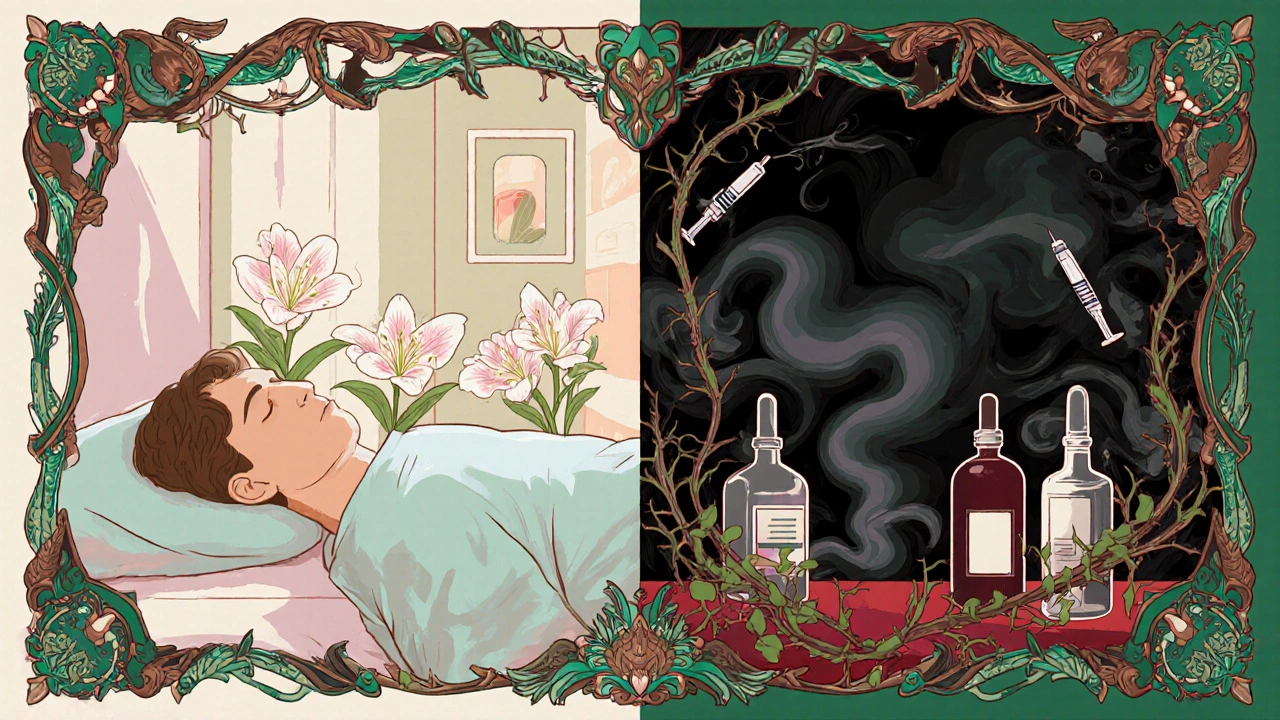
Flumazenil: The Controversial Antidote
Flumazenil is the only drug that directly reverses benzodiazepines. It sounds perfect-until you look at the risks.It works fast, usually within 1 to 2 minutes. But its half-life is only 41 minutes. That means sedation can come back, and you might need to redose every 20 minutes. More importantly, it can trigger seizures in people who are dependent on benzodiazepines. That’s not a rare side effect-it happens in 38% of chronic users.
And here’s the kicker: 92% of benzodiazepine overdoses involve other drugs. Flumazenil doesn’t touch opioids, alcohol, or antidepressants. Giving it in those cases is dangerous and useless. The American College of Medical Toxicology says flumazenil is appropriate in only 0.7% of cases. Most ERs have stopped stocking it. A 2022 survey found 78% of emergency departments no longer keep it on hand.
Dr. Lewis Nelson from Rutgers says it plainly: “The risks often outweigh the benefits.” The European Resuscitation Council and the American Heart Association have both removed flumazenil from their guidelines. It’s not banned-but it’s no longer recommended.
Activated Charcoal and Other Myths
You might hear that activated charcoal can absorb the drug. That’s only true if it’s given within 60 minutes of ingestion. After that, benzodiazepines are already absorbed. Giving charcoal later does nothing but cause vomiting and aspiration risk.Hemodialysis? Useless. Benzodiazepines bind tightly to proteins in the blood-filters can’t remove them. Whole bowel irrigation? No role. These outdated practices are still mentioned in some old textbooks, but they’re not evidence-based anymore.
StatPearls and BMJ Best Practice both say clearly: Supportive care is the only proven treatment. That means oxygen, airway management, and waiting it out.
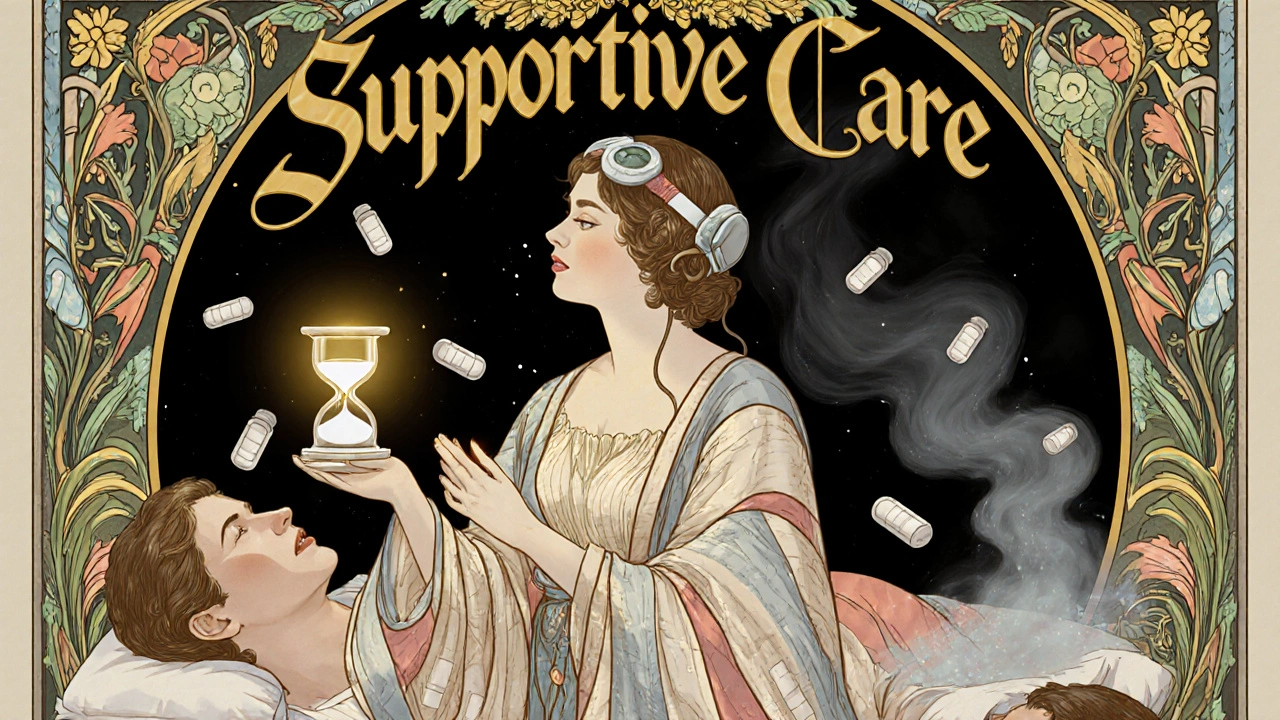
Monitoring and When to Discharge
Observation isn’t optional. Even if the person seems okay after 2 hours, they’re not out of the woods. Sedation fades faster than ataxia-the wobbly walking, poor coordination that lingers. That’s when people fall, hit their heads, or wander into traffic.- Asymptomatic patients: Monitor for at least 6 hours
- Symptomatic patients: Monitor until all symptoms resolve, usually within 12 hours
- Elderly or those with liver disease: May need 24 to 48 hours of observation
Use standardized tools like the Pasero Sedation Scale to track changes. Reassess every 15 minutes after any intervention. Document respiratory rate, oxygen saturation, and level of consciousness. If you don’t track it, you can’t prove it’s safe to send them home.
One ER director in Phoenix reported that implementing strict 4-hour observation protocols cut transfer rates to intensive care by 34%. It’s not just about safety-it’s about efficiency.
The Bigger Picture: Why This Is Getting Worse
Prescriptions for benzodiazepines have dropped 14.3% since 2019. That’s good. But overdose cases have gone up 27% during the same time. Why? Because the drugs aren’t disappearing-they’re being made illegally.Etizolam, clonazolam, and other analogs are cheap to produce and sold online as “research chemicals.” They’re stronger, faster-acting, and unpredictable. The FDA has warned about them. The National Overdose Response Strategy has allocated $18.7 million to train providers on recognizing these new threats.
Harm reduction programs are adapting too. As of January 2023, 37 U.S. states now include benzodiazepine recognition in naloxone distribution programs. First responders are learning to watch for sedation even after giving naloxone. Because if someone’s still unconscious after naloxone, it’s not the opioid-it’s the benzo.
What You Need to Remember
- Benzodiazepine overdose is rarely fatal alone-but deadly with opioids or alcohol. - Flumazenil is rarely the answer. It’s risky and ineffective in most real-world cases. - Supportive care-airway, oxygen, monitoring-is the gold standard. - Never assume a single drug is involved. Test for everything. - Ataxia lasts longer than sedation. Discharge only when the person walks straight and talks clearly. - Illicit benzodiazepines are the new threat. They’re stronger, more common, and harder to detect.If you’re a clinician, your job isn’t to reverse the drug-it’s to keep the person alive until the drug leaves their system. That’s it. The rest is just noise.
Can you overdose on benzodiazepines alone?
Yes, but it’s rare. Pure benzodiazepine overdoses cause mild to moderate sedation in 87% of cases, and deep coma requiring ventilation happens in only 4.3%. Death from a single benzodiazepine overdose is extremely uncommon-around 0.01% to 0.05% of cases. The real danger comes when they’re mixed with other depressants like opioids or alcohol.
Is flumazenil safe to use in a benzodiazepine overdose?
Not usually. Flumazenil can reverse sedation, but it carries a 38% risk of triggering seizures in people with chronic benzodiazepine use. It’s also ineffective if other drugs are involved, which is the case in 92% of overdoses. Most emergency departments no longer stock it. The American College of Medical Toxicology says it’s appropriate in fewer than 1% of cases.
How long should a patient be monitored after a benzodiazepine overdose?
Asymptomatic patients need at least 6 hours of observation. Symptomatic patients should be monitored until all signs of sedation and ataxia are gone-usually within 12 hours. Elderly patients or those with liver disease may need 24 to 48 hours because their bodies clear the drug much slower.
Can activated charcoal help treat a benzodiazepine overdose?
Only if given within 60 minutes of ingestion. Benzodiazepines are absorbed quickly in the gut, so after that window, charcoal has no effect. Giving it later increases the risk of vomiting and aspiration without any benefit. Current guidelines strongly discourage its use beyond the first hour.
Why are benzodiazepine overdoses increasing if prescriptions are going down?
Because illicit benzodiazepines like etizolam and clonazolam are flooding the market. These are 3 to 10 times more potent than prescription versions and often mixed with opioids. They’re sold online as “research chemicals” and are hard to detect with standard drug tests. Between 2019 and 2022, overdose cases rose 27% even as prescriptions fell 14.3%, showing the shift from legal to illegal use.

